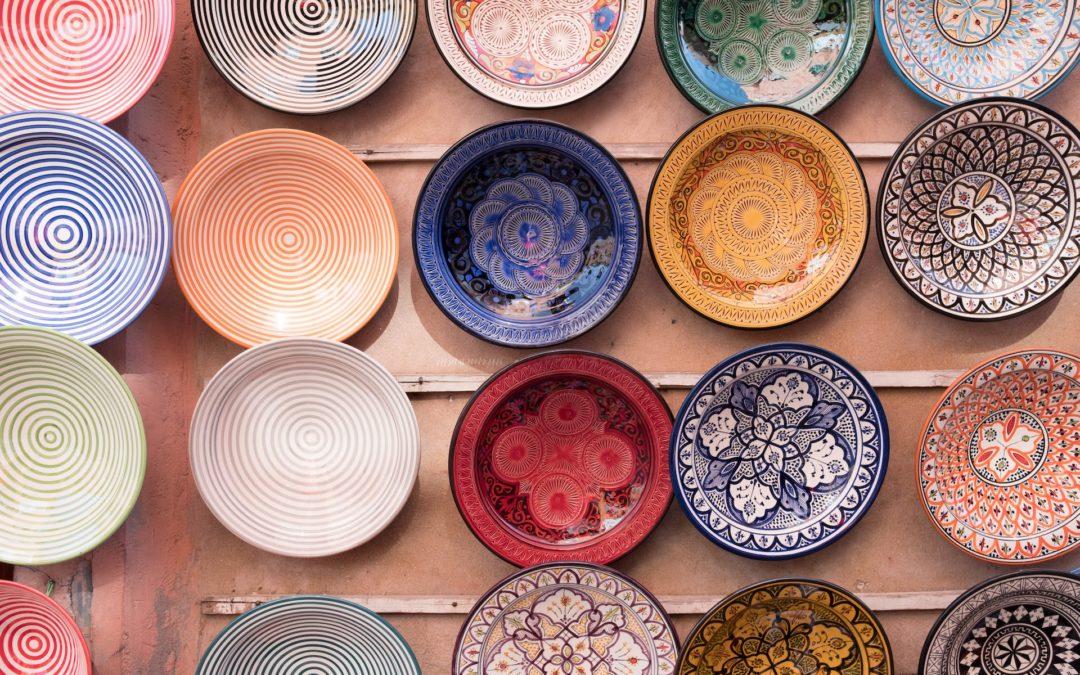Morocco, situated between Africa and Europe, is known for its rich cultural history and wide range of high-quality goods. From the lively souks of Marrakech to the bustling markets of Fez, the many things that Morocco is celebrated for showcase the skill and creativity of its people. Moroccan carpets, adorned with vibrant colors and elaborate patterns reflecting Berber culture, have achieved fame. Another prized item is argan oil, often referred to as “liquid gold,” which finds uses in both cooking and beauty applications. Morocco also garners recognition for its leather goods, spices, and pottery. Moroccan art and culture find global representation through these products, contributing significantly to the local economy. This article will delve into the 20 key goods of Morocco, exploring their significance, history, and impact on both the local economy and international markets.
20 Top Moroccan Products Known Worldwide
1. Moroccan Carpets and Rugs
Moroccan carpets and rugs are well-known symbols of the country’s artistic skill and rich cultural history. These textiles are made by skilled artisans, and they show a unique mix of Berber, Arab, and Andalusian influences that show Morocco’s long and varied past. The carpets often have complex geometric designs and bright colors that represent the unique way the Berber people tell stories. Moroccan carpets and rugs are loved not just for how they look, but also for how well-made and long-lasting they are. This makes them not just decorative pieces, but also useful and long-lasting purchases for homes across the world.
2. Argan Oil
Argan oil, which is from Morocco and is often called “liquid gold,” is a highly valued product. It comes from the nuts of the argan tree, which grows mostly in the southwest of the country. Oil extraction in Morocco has historically been performed by women because it takes a lot of hard work. This is an important part of their culture and history. The oil is highly valued for its many uses. It is used in skin and hair care products because it is good for the skin and hair. It is also a key ingredient in traditional Moroccan food because it gives meals a distinct nutty flavor. Today, the demand for argan oil keeps growing around the world. This makes it an important part of Morocco’s economy and a symbol of the country’s natural wealth.
3. Moroccan Pottery and Ceramics
Moroccan pottery and ceramics demonstrate the country’s artistic heritage and skilled craftsmen. Fez, Safi, and Tetouan are famous for their magnificent paintings. Moroccan ceramics have vibrant colors, intricate designs, and unique glazes from Arab, Berber, and Andalusian styles. Moroccan pottery such plates, bowls, tiles, and vases give any area elegance and cultural authenticity. These make it a popular souvenir for travelers worldwide.
4. Leather Goods
Leather goods are an integral component of Morocco’s craft tradition, and the country is known for the quality that it makes leather goods. With its lively leather tanneries, the city of Marrakech is an important location for making high-quality leather goods. Skilled artists use old methods to turn raw hides into high-quality handbags, shoes, belts, and other items. The leather goods are known not only for their beauty and durability but also for their unique patterns and bright colors. This makes them popular gifts for tourists and a sign of Morocco’s well-known artistic skill.
5. Moroccan Spices
Spices are the heart and soul of the flavorful food in Morocco. They give dishes substance and variety. With a long history of trade and cultural exchange, Morocco’s spice shops are a treat for the senses, with a wide range of intoxicating spices. Some of the most common spices used in Moroccan food are cumin, coriander, saffron, paprika, and cinnamon. These spices are carefully mixed to make famous Moroccan spice blends like “ras el hanout” and “harissa,” which add their unique and delicious flavors to Moroccan food. Moroccan spices are an important part of many dishes, from the famous tagines to the fragrant couscous. They show off the country’s culinary history and make people all over the world desire to experience themselves.
6. Handmade Berber Jewelry
Berber jewelry is a sign of Morocco’s history and culture. These pieces are often made of silver and decorated with semi-precious stones like amber and turquoise. Each piece tells a story and shows the creativity and skill of the person who made it.
7. Moroccan Tea Sets
Moroccan mint tea, also called “Moroccan whiskey,” is an important part of the culture of the country. The traditional tea sets that are used to serve this cool drink are both useful and beautiful. Most of the time, these tea sets come with a teapot, some glasses, and a pretty tray with elaborate metalwork or ceramic designs.
8. Moroccan Lanterns
Moroccan lamps are stunning examples of the country’s culture and craftsmanship. These lanterns are usually metal with elaborate patterns and dazzling stained-glass panels. Their amazing light and shadow patterns make any space magical when turned on. Moroccan lanterns range from table lights to hanging lamps. Morocco and throughout the world use them to decorate homes and businesses with unique grandeur.
9. Djellabas and Kaftans
Moroccan lamps are stunning examples of the country’s culture and craftsmanship. These lanterns are usually metal with elaborate patterns and dazzling stained-glass panels. Their amazing light and shadow patterns make any space magical when turned on. Moroccan lanterns range from table lights to hanging lamps. Morocco and throughout the world use them to decorate homes and businesses with unique grandeur.
Djellabas and kaftans are comfy and fashionable Moroccan garments. Both men and women wear loose, hooded djellabas. However, women wear form-fitting kaftans to special events. Moroccan fashion has brilliant colors and intricate embroidery, as seen in this garment.
10. Moroccan Argile (Clay) Products
The clay product of Morocco is an important part of the country’s culture and cuisine. The most well-known of these goods is the traditional Moroccan tagine, which is a pot made of clay and topped with a cone-shaped lid. It is used to slowly cook dishes that are flavorful and tender. The clay has special qualities that help keep the food wet and give it a distinct earthy flavor. Moroccan artists use argile to make things like plates, bowls, and vases that are used as decorations. These items have detailed designs and bright colors that show off the country’s artistic style. These clay items are not only useful, but they are also highly valued as authentic souvenirs that show the traditional craftsmanship and rich culinary customs of Morocco.
11. Moroccan Agricultural Products
Morocco’s rich agricultural landscape boasts an array of noteworthy products that have captured both local and international markets. Among these, dates and dried fruits stand out prominently. The artful cultivation of date palms across the country not only showcases Morocco’s commitment to traditional farming practices but also yields a diverse range of succulent dates. Beyond dates, the agricultural bounty extends to an assortment of dried fruits, each a testament to the country’s climate and fertile soils.
Olive oil, another jewel in Morocco’s agricultural crown, holds a significant place in the nation’s heritage. The meticulous process of olive oil production, from cultivation to extraction, underscores the meticulous dedication that Moroccan farmers bring to their craft. This liquid gold not only graces the culinary landscape with its distinct flavor but also offers an abundance of health benefits, further underscoring its value. From drizzling over dishes to being a core ingredient in Mediterranean cuisine, Moroccan olive oil stands as a cherished export and an embodiment of the nation’s agricultural excellence.
12. Moroccan Carpentry and Woodwork
Carpentry and woodwork from Morocco are praised for their intricate designs and careful craftsmanship, which show off the country’s long history of art. Traditional woodworking methods are used by skilled people to make a wide range of products, such as doors, furniture, and decorative items with intricate carvings. Arab, Berber and Andalusian styles come together in the woodwork in the form of geometric patterns, arabesque designs, and delicate carvings. Carpentry and crafts from Morocco give homes and public spaces a touch of elegance and cultural authenticity, which makes them popular both locally and globally.
13. Handcrafted Metalwork
Metalwork created by hand in Morocco is a great example of the country’s skill and attention to detail. Craftspeople, often from the old city of Marrakech, use traditional methods that have been passed down from generation to generation to make beautiful metal pieces. These skilled workers make lanterns, trays, teapots, and other decorative items manually. They often add intricate filigree designs and bright enamel to their work. The art is a mix of Arab, Berber, and Islamic styles, which makes each piece a unique example of Morocco’s many different cultures. Moroccan metalwork is highly sought after by tourists and collectors all over the world because of its beautiful designs and high-quality workmanship.
14. Moroccan Embroidery and Textiles
Moroccan embroidery and textiles showcase the country’s cultural heritage and artistic talent. Moroccan artisans use ancient methods to create beautiful patterns and designs that reflect Morocco’s diverse history. From the famous Fez embroidery to the beautiful silk brocades of Tetouan, Morocco boasts many needlework styles. Moroccan textiles are used to manufacture traditional garments and home decor including pillows, throws, and wall hangings. Moroccan needlework and textiles symbolize the country’s ageless beauty and cultural wealth worldwide. Because of their brilliant colors and skilled craftsmanship.
15. Moroccan Fossils and Minerals
Morocco has a complex and interesting geological past, which has led to an intriguing world of fossils and minerals that are interesting to both collectors and fans. Paleontologists and scientists love the country because it is full of fossils from long ago, such as ammonites, trilobites, and even dinosaurs. Fossils from Morocco are often carefully dug up and cleaned by experts before being put on show and sold in shops and museums. Morocco is also known for its beautiful mineral specimens, such as bright crystals and gemstones, which are highly valued by fans and jewelry makers all over the world. Not only do these fossils and rocks show how different Morocco’s geology is, but they also remind us of the country’s fascinating prehistoric past.
16. Moroccan Sweets and Pastries
Sweets and cakes from Morocco are a great example of the country’s creativity in the kitchen and its rich cultural history. These tasty treats have a great mix of flavors, textures, and fragrant spices that show what makes Moroccan food special. Each dessert, from the flaky and honey-soaked pastilla to the nutty and delicious almond gazelle horns, is a work of art that has been carefully made by skilled bakers. Traditional Moroccan sweets are a big part of the country’s celebrations and special events. Their success has spread around the world, making them a treat that food lovers everywhere want to try.
17. Moroccan Leather Poufs
Leather poufs are a famous piece of Moroccan furniture that adds a touch of comfort and luxury to any room. These poufs are created handmade from high-quality leather and come in a wide range of colors and styles, which makes them popular with people who like to decorate their homes.
18. Moroccan Handwoven Baskets
Handwoven baskets from Morocco show off the country’s long history of making things by hand and the skill of its workers. The usual way to make these baskets is with natural materials like palm leaves or straw found in the area. Each basket is carefully woven and often has complex patterns and designs that show the weaver’s imagination and cultural background. Handwoven Moroccan baskets can be used for both storage and decoration, making them useful and valuable items that add a bit of Moroccan charm to any home or setting.
19. Moroccan Argile Pottery
Moroccan argile pottery has a special place in the art and food of the country. This pottery is made by skilled artisans using clay from the area. It comes in a wide range of useful and artistic items, such as tagines, bowls, plates, and vases. The special properties of argile pottery make it perfect for cooking traditional Moroccan dishes like tagines, which require slow and even heat spread. Moroccan argile pottery is used for cooking, but it also has beautiful designs and bright colors that show how well it was made. It adds a touch of true Moroccan elegance to any room. It has always been popular as both a useful tool and a decorative piece, which makes it a great keepsake for people who want to remember the beauty of traditional Moroccan art.
20. Moroccan Herbal Remedies
Herbal remedies have been an important part of traditional Moroccan health for hundreds of years. Morocco has a lot of plants and herbs that can be used as medicine. These herbs and plants have been used to treat many illnesses and improve health. From natural oils and balms to plant teas with a pleasant smell, these remedies are made from ingredients that are found locally and are hand-picked. Many Moroccan homes still use these age-old remedies that have been passed down from generation to generation. Travelers who want to experience the healing power of Moroccan herbs for themselves often visit the local herbal shops and wellness centers.
21. Moroccan Musical Instruments
Moroccan musical instruments are an important part of the country’s diverse musical traditions and rich cultural history. The oud, a stringed instrument with roots in ancient Mesopotamia, plays a big role in the music of Morocco. It makes sounds that are both soulful and melodic. The darbuka is a type of drum that gives many traditional songs and shows from Morocco their rhythm. The guembri is a traditional three-stringed bass instrument that is used in Gnawa music, a spiritual and magical style that comes from Morocco’s African roots. These instruments are important parts of Moroccan parties, events, and cultural celebrations. Their unique and enchanting melodies pull people in.
If you’d like to discover more of the most popular Moroccan products, watch this film showcasing a variety of traditional Moroccan items.
Read also: Discover Morocco: Culture, Travel & Economy
The Most Popular on BitGlint

40 Social Dilemma Examples in the World & Real Life
Social dilemmas are everywhere. They shape the choices we make at work, in our communities, and even on a global...

30 Favor Examples & Definition
Doing a favor means helping someone without expecting anything in return. It’s an act of kindness that can strengthen...
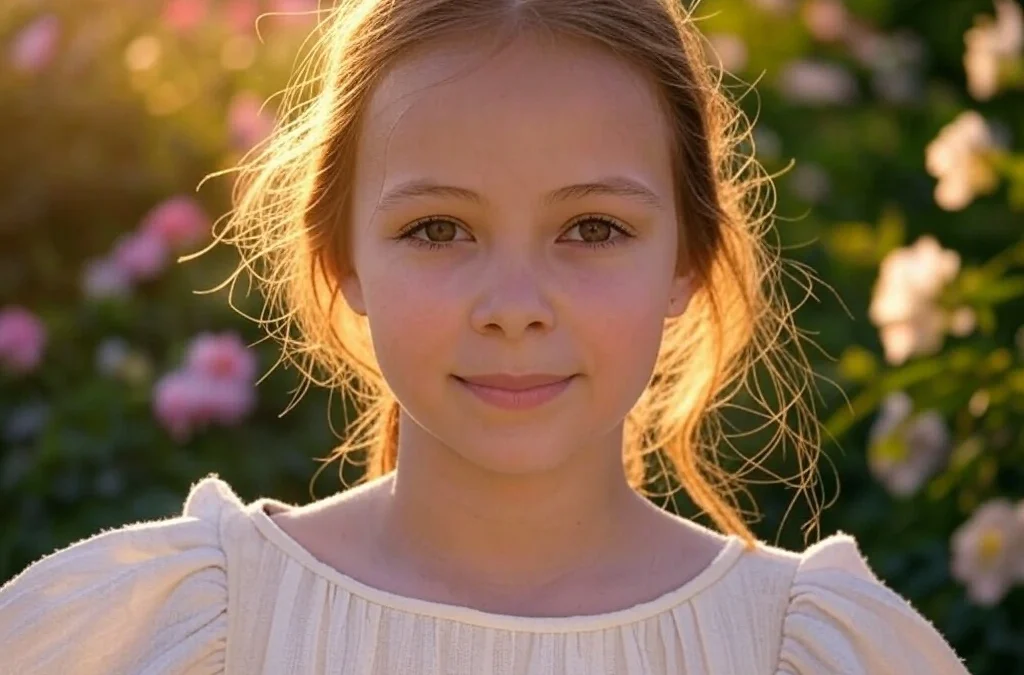
30 Naivety Examples & Definition
Naivety is something most people experience at some point in their lives. It often starts in childhood, but for some,...
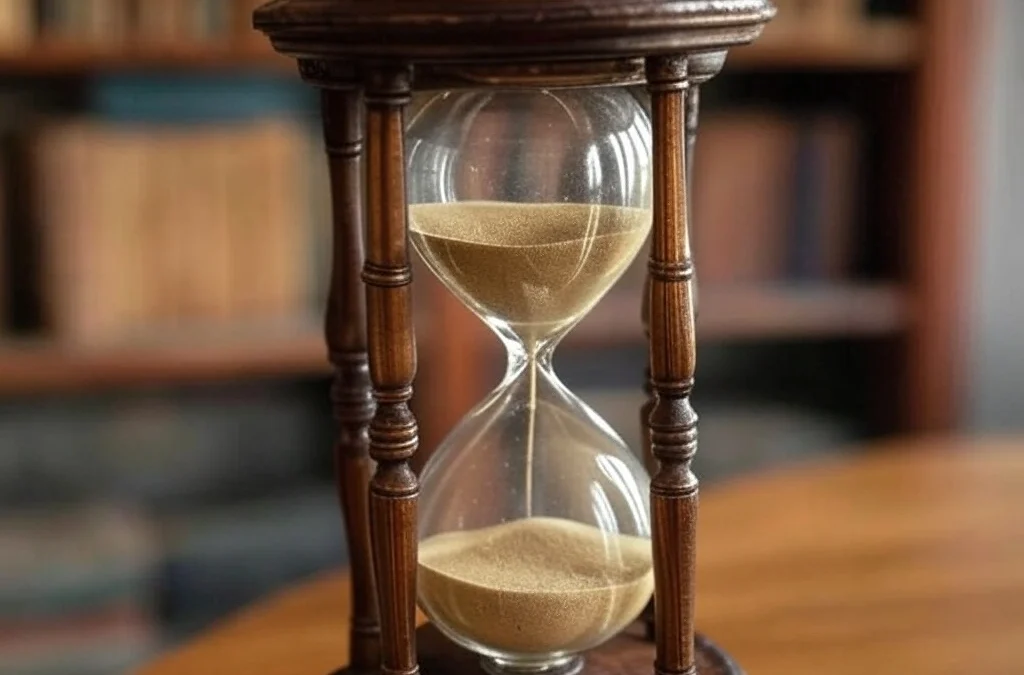
20 Chronology Examples & Meaning
Chronology is something we use more than we realize. It shows up in conversations, in how we remember the past, and in...

30 Wishful Thinking Examples & Meaning
Wishful thinking is something we all do at some point. You hope things will turn out fine—even if there’s no real...
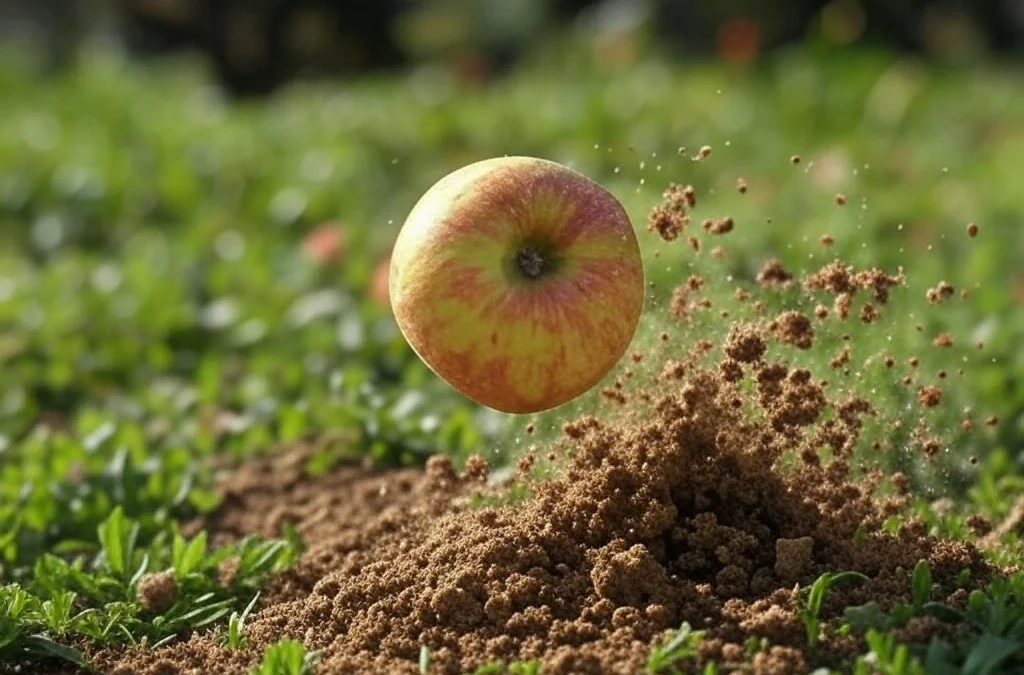
20 Examples of Gravity & What Gravity Really Is
Gravity is one of the most important forces in the universe, but many people don’t fully understand what it really is...
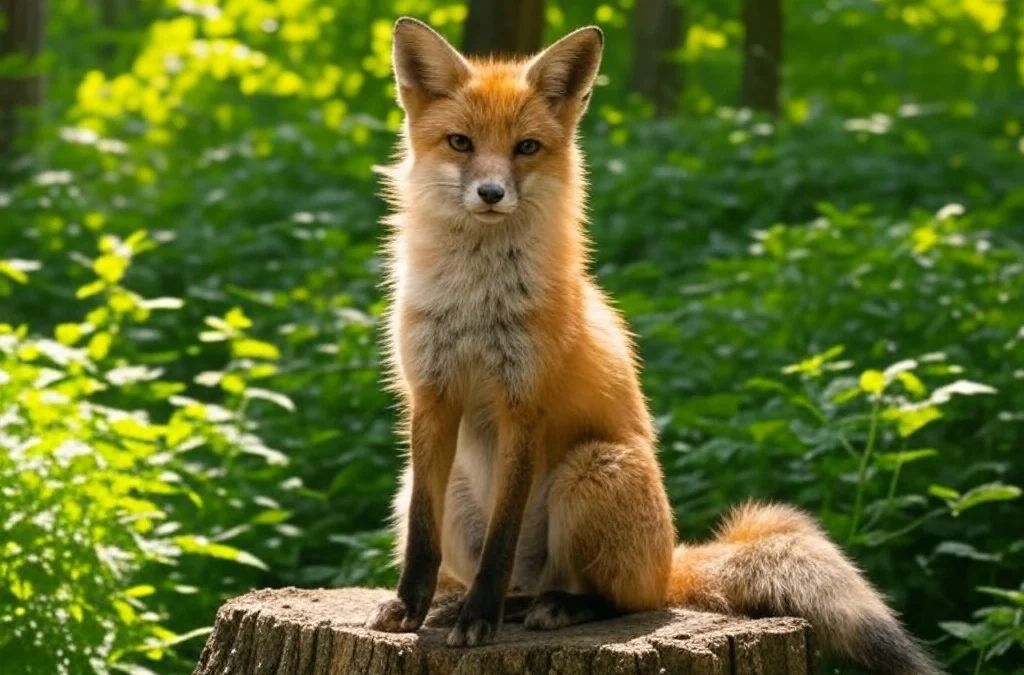
20 Examples of Secondary Consumers in the Food Chain
Secondary consumers are animals that eat other animals—usually herbivores that feed on plants. They’re an important...
Get Inspired with BitGlint

